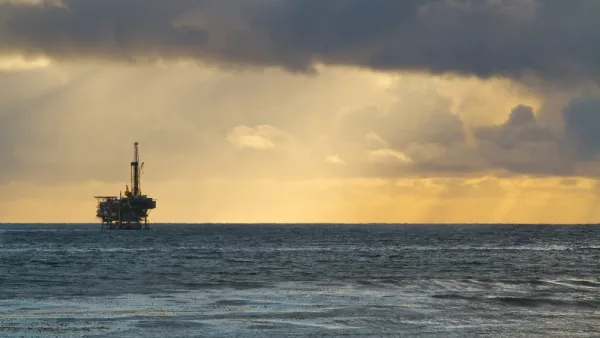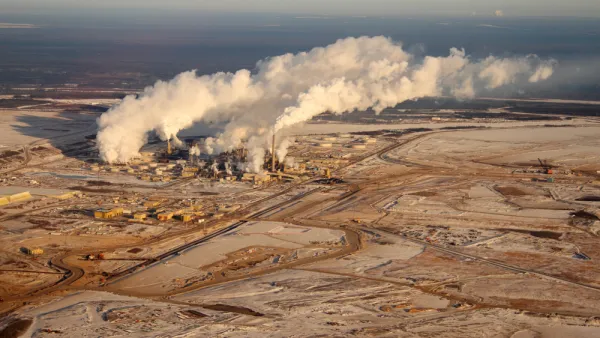Shell Oil's seven-year, $4 billion investment has paid off. Awaiting final Interior Dept. permits, two drilling ships, moored in Seattle, are poised to travel to the Arctic to begin drilling test wells in 150 ft of water off northern Alaska in July.
In this feature article, John M. Broder and Clifford Krauss look at the conditions, including the legacy of the Exxon Valdez disaster in 1989, that led to Shell Oil's successful pursuit of the right to drill in the fragile Arctic waters. Shell took a different political course than its Big Oil brethren as it set about wooing potential adversaries by "pushing for a strong response to climate changes."
Its biggest obstacle proved not to be President Obama, "under pressure from rising gas prices" nor the mainstream environmental organizations who remain opposed to the effort.
"Frances Beinecke, president of the Natural Resources Defense Council and a member of the National Commission on the Deepwater Horizon Oil Spill and Offshore Drilling characterized the exploration as "a reckless gamble we cannot afford."
The 5,000 Inupiat Eskimos who see the drilling as a threat to their whale-based culture, and their leader, North Slope Borough Mayor Edward S. Itta whose "gravitas grew from his acclaim as one of the area's finest whaling captains", proved to be the greatest obstacle. As Broder writes in his Green blog, these Eskimos are the ones most likely to suffer should there be an oil spill.
"Shell company executives say (the Arctic) could eventually yield a million barrels a day of crude - or more than 10 percent of current domestic output." [U.S. Crude oil plus petroleum products of 8.5 mb/day + natural gas liquids of 2 mb/day.]
As possibly an omen of the difficulties in drilling in the Arctic that await Shell, "the heaviest polar ice in more than a decade is clinging to the northern coast of Alaska could postpone the commencement of offshore oil drilling until the beginning of August", reports the LA Times.
FULL STORY: New and Frozen Frontier Awaits Offshore Oil Drilling

Analysis: Cybertruck Fatality Rate Far Exceeds That of Ford Pinto
The Tesla Cybertruck was recalled seven times last year.

National Parks Layoffs Will Cause Communities to Lose Billions
Thousands of essential park workers were laid off this week, just before the busy spring break season.

Retro-silient?: America’s First “Eco-burb,” The Woodlands Turns 50
A master-planned community north of Houston offers lessons on green infrastructure and resilient design, but falls short of its founder’s lofty affordability and walkability goals.

Test News Post 1
This is a summary

Analysis: Cybertruck Fatality Rate Far Exceeds That of Ford Pinto
The Tesla Cybertruck was recalled seven times last year.

Test News Headline 46
Test for the image on the front page.
Urban Design for Planners 1: Software Tools
This six-course series explores essential urban design concepts using open source software and equips planners with the tools they need to participate fully in the urban design process.
Planning for Universal Design
Learn the tools for implementing Universal Design in planning regulations.
EMC Planning Group, Inc.
Planetizen
Planetizen
Mpact (formerly Rail~Volution)
Great Falls Development Authority, Inc.
HUDs Office of Policy Development and Research
NYU Wagner Graduate School of Public Service



























